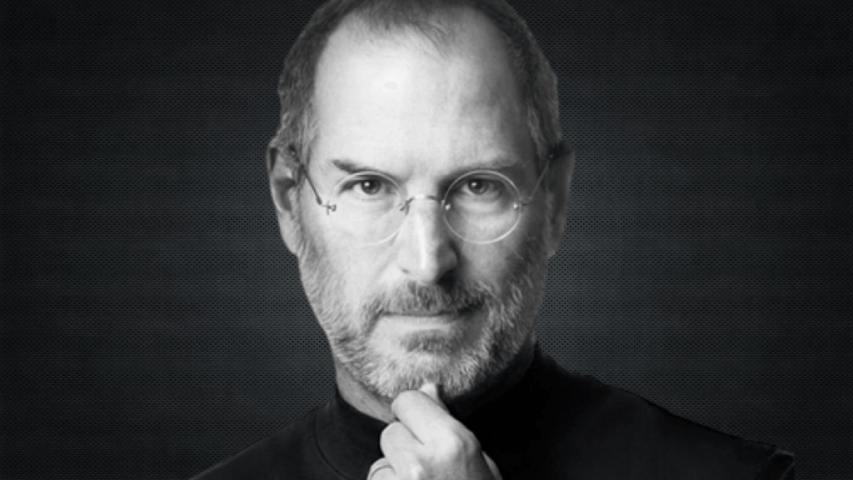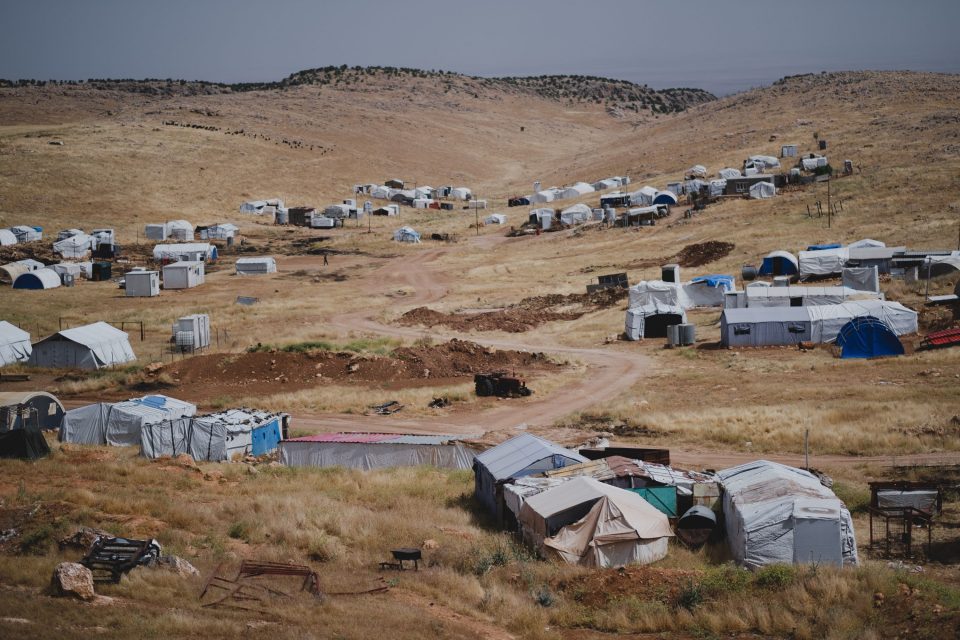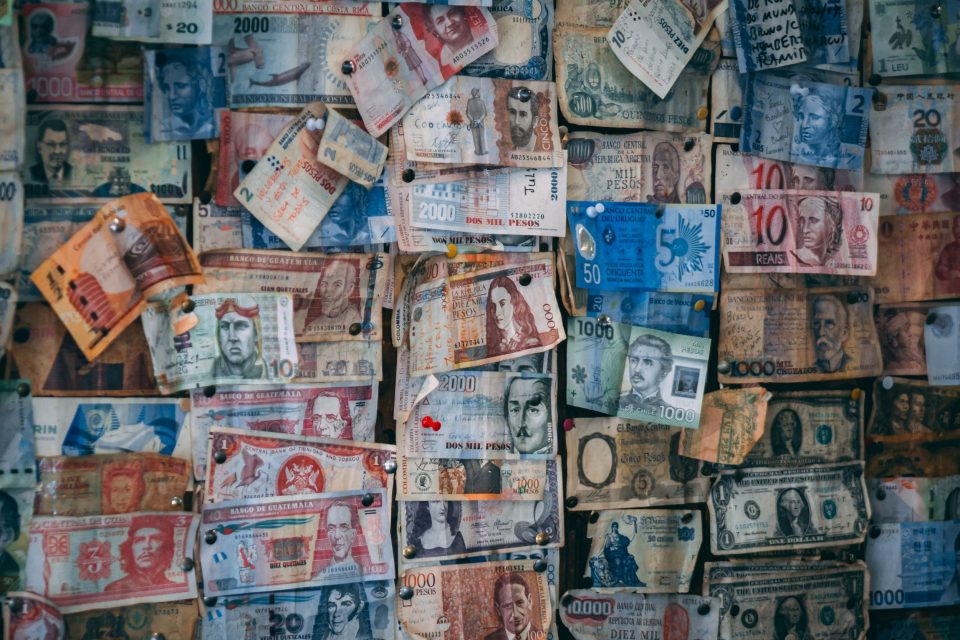Remembering the “insanely great” Steve Jobs

Random acts of kindness day
February 17, 2022
Interview with comic book illustrator António Jorge Gonçalves
February 28, 2022
Steve Jobs was a college dropout. Yet there are few people in the western world whose lives he did not touch. He’s credited with changing the computer, music, film and radio industries – and the way many of us think about business.
Steve Jobs was born in San Francisco on February 24, 1955. If it wasn’t for his untimely death from bowel cancer in 2011, he’d be celebrating his sixty-seventh birthday this month.
The early life of Steve Jobs
Surrendered for adoption by his biological parents, Steve was adopted by the Jobs family in Mountain View. The family moved to Los Altos in the 1960s, where Steve was mentored by his electronics hobbyist neighbour.
In the eighth grade, Steve had a twenty-minute conversation with William Hewlett, co-founder of Hewlett-Packard, after he called the company to complain that one of the hobby sets he was working on was missing a frequency counter. The tech pioneer prepared a bag of parts for the young Steve and offered him a job as a summer intern.
At high school in neighbouring Cupertino, Steve met Steve Wozniak – with whom he would later go on to found Apple. The two took an introductory electronics class together.
Steve Jobs: college drop out
Steve enrolled at Reed College, a stronghold of liberal thought in Portland, Oregon, in 1972. Although he dropped out after one semester, Steve remained in Portland for 18 months, sleeping on the dorm room floors of friends and collecting soda bottles in order to buy food. He would later say that “much of what I stumbled into by following my curiosity and intuition turned out to be priceless later on.”
Steve returned to Silicon Valley in 1974, taking a job at Atari, the video game manufacturer. After spending the summer travelling around India, he returned to work at Atari and reconnected with Steve Wozniak. Personal computing was in its infancy and the two friends joined the Homebrew Computer Club, meeting at the Stanford Linear Accelerator in Menio Park, California.
The Apple I computer was designed by Steve Wozniak to impress his friends at the computer club, but Steve Jobs recognised the potential for it to be a commercial product.
The early days at Apple
Jobs and Wozniak began Apple with an initial investment of $1,300. Like the early Silicon Valley entrepreneurs Hewlett Packard, they initially started out working from a founder’s garage. They soon moved from the Jobs’ family garage to a small office in Cupertino after winning investment from former Intel executive, A C Markkula.
After the company launched the Apple II in 1977, sales skyrockets – from $2 million to $600 million by 1981. In that year, Apple went public. Two years later, the fledgling business entered the Fortune 500. At the time, no other business had risen so quickly.
In 1980, Steve had asked former Pepsi-Cola CEO John Sculley to lead the business, while he focused on bringing the Macintosh and Lisa computers to market, inspired by a visit to the Xerox research centre in Palo Alto. The choreographed launch of the Macintosh in 1984 is now widely regarded as the archetype of event marketing.
The years away from Apple
The sales of the Apple Macintosh were disappointing, however, and Sculley persuaded Apple’s board of directors to remove Steve in 1985.
Steve moved on to new projects. First, founding NeXT Inc. an educational workstation business. Then investing $10 million, much of his personal fortune, to buy Pixar, a struggling graphics supercomputing company owned by George Lucas.
The move was a significant gamble, but one that paid off. When the company released “Toy Story” in conjunction with Walt Disney Pictures in 1995, it changed the market for computer-animated movies. Pixar went public with a record-breaking offering. Then, in 2006, the Walt Disney Company purchased Pixar for $7.4 billion. It made Steve the company’s largest single shareholder, with around seven percent of Disney’s stock.
Steve Jobs returns to Apple
The same year that Toy Story premiered, Apple hired a new CEO, Gilbert Amelio. Amelio bought Steve’s NEXTSTEP business for $400 million seeing the potential of its operating system to replace the Macintosh’s aging OS. At the same time, Amelio bought Steve back to Apple as a consultant.
A year later, in June 1997, the Apple board invited Steve to again lead the company he had co-founded. Steve ended the feud with Microsoft, streamlined the company’s product line and launched the award-winning “think different” advertising campaign.
In 1998, Apple launched the iMac. It became the highest selling personal computer in the USA, helping Apple to turn around its fortunes. iTunes followed in 2001, as did the iPod. Together, they would revolutionise the way the world consumes music. By 2006, more than a billion songs and videos had been downloaded via Apple’s iTunes store.
By this time, Steve had already been diagnosed with bowel cancer; the first diagnosis was made in 2003. Surgeries and, in 2008, a kidney transplant followed. Yet throughout this period, Steve kept working, launching the iPhone and iPad in 2007 and 2010 respectively. These innovative products changed the telecommunications, personal computing and gaming industries.
However, in August 2011, Steve’s ill health forced him to resign as Apple’s CEO. He died two months later, his family at his side. He was 56.
Read about other great lives
- Our profile of business leader Sarah Blakely.
- Discover the success tips of Richard Branson.
- Read about the leadership philosophy and success of Theo Epstein.
- Or find out what happened when Greta met David.
Need inspiration to develop your own business career?
- Read out tips on how to reinvent yourself professionally.
- Discover how to become an entrepreneur.
- Or learn about the office and productivity trends that will dominate in 2022.




